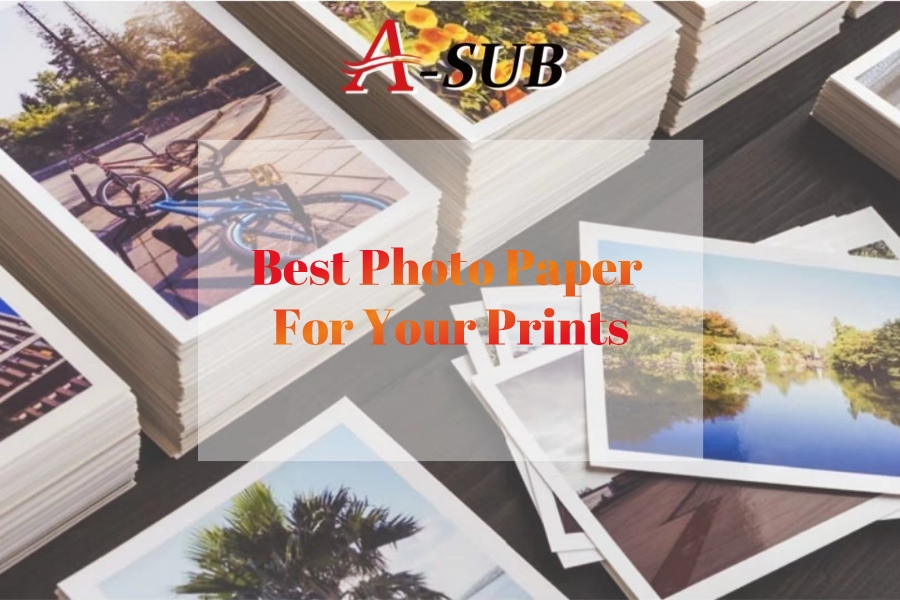In the digital age, photography has become more accessible than ever before. With high-quality cameras available on smartphones and digital cameras, almost anyone can capture a beautiful image. However, printing those images can be a bit more complicated. Choosing the right photo paper is essential to achieving high-quality prints. In this article, we will discuss the different types of photo paper available, the factors to consider when choosing photo paper, and tips for printing high-quality images.
What is Photo Paper?
Photo paper is a type of paper that is designed specifically for printing high-quality photographs. It is coated with a layer of light-sensitive material that reacts to the ink from a printer, resulting in vivid and long-lasting images. There are several types of photo paper available, each with its own unique characteristics. Let me introduce them in the next part.
Detailed Introduction to Different Photo Paper
●Glossy Photo Paper(Cast Coated/Resin Coated/Semi-glossy)
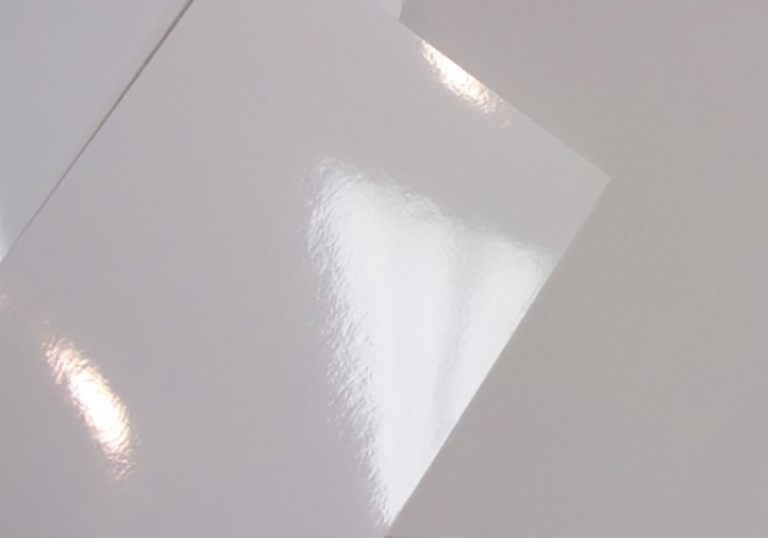
Glossy photo paper is the most common type of photo paper, known for its shiny and reflective surface. Cast-coated glossy paper has a highly reflective surface that produces sharp and vibrant prints. At the same time, resin-coated glossy paper has a softer surface that produces a smoother, more subtle finish. The semi-glossy paper has a less reflective surface than glossy paper, producing prints that have a softer, more muted finish.
●Matte Photo Paper
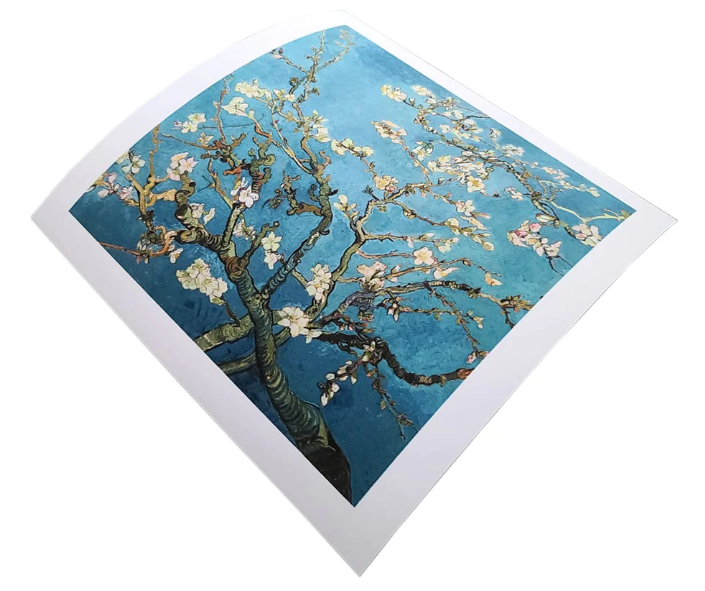
Matte photo paper has a non-reflective surface that produces prints with a more subdued, natural look. Different from glossy photo paper, matte photo paper is ideal for printing black-and-white photographs or images with soft, muted colors. Matte paper is also often used for fine art prints.
●Niche Type
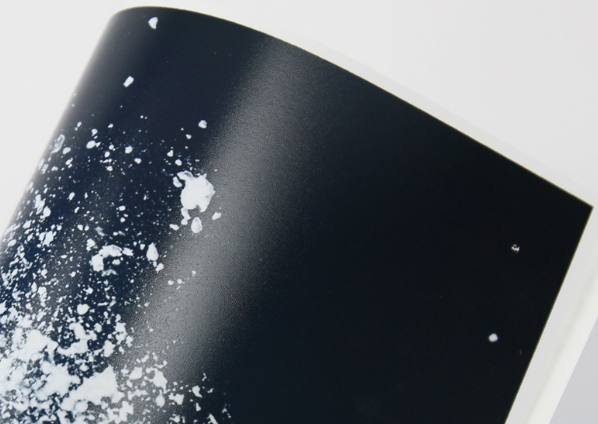
There are also several niche types of photo paper available, including metallic paper, which produces prints with a metallic sheen, and canvas paper, which produces prints with a textured, canvas-like surface. Moreover, our A-sub has some unique types of photo paper, like ice fissure photo paper.
Factors Considered in Choosing Photo Paper
●Paper Weight and Thickness
The weight and thickness of photo paper are important factors to consider when choosing the right paper for your printing project. Heavier paper with a higher weight will produce a more substantial and high-quality print, while the thinner paper is best suited for smaller prints or projects where cost is a factor.
●Coatings and Finishes
Different types of coatings and finishes can be applied to photo paper to enhance the quality of the prints. Coatings can provide added protection against fading, moisture, and fingerprints. Finishes such as gloss or matte can impact the appearance and texture of the prints.
●Color Profiles and Gamut
Color profiles and gamut are important considerations when choosing photo paper. A printer’s color profile refers to the range of colors which is capable of producing. The gamut refers to the range of colors that can be produced by the photo paper. It is essential to choose photo paper that is compatible with the printer’s color profile and gamut to ensure that the prints are vibrant and accurate.
●Printer Compatibility
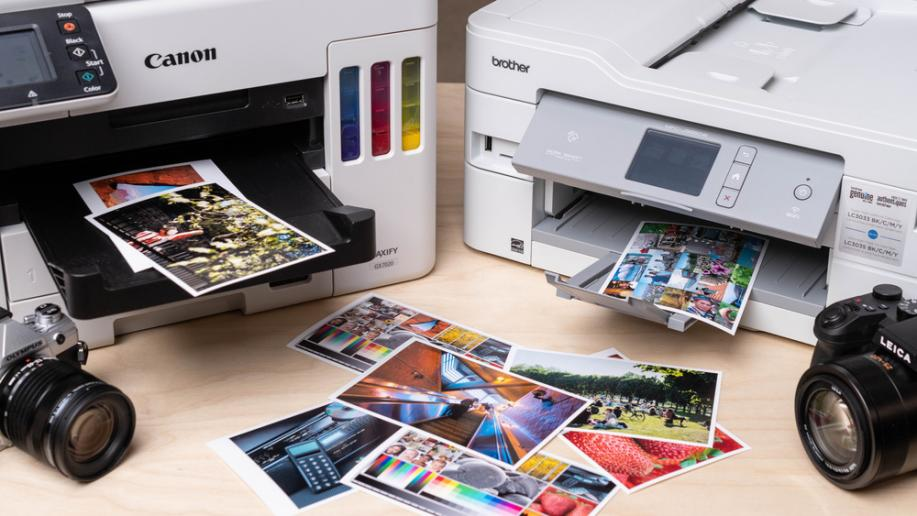
Not all printers are compatible with all types of photo paper. It is important to check the printer’s specifications to ensure that it can handle the weight and thickness of the paper being used. Choosing photo paper that is compatible with the printer will ensure that the prints come out perfectly. There are many brands of printers in the market like Epson, Canon, Sawgrass, and HP. Different printers have different suitable photo papers. As a result, if you already have a printer, it is important to find the most suitable photo paper for it.
How to Print High-quality Photo Paper?
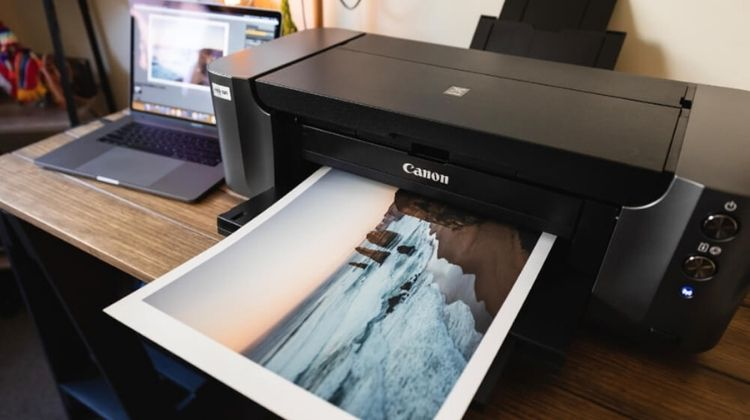
●Prepare a Suitable Image
Printing high-quality photo paper starts with preparing the right image. It is important to use high-resolution images that are properly formatted for printing. Editing the image in specialized photo editing software can help to enhance the quality of the image and prepare it for printing.
●Software Debugging
To print high-quality photo paper, it is essential to use specialized software that can handle color management, resolution, and other print settings. It is important to use software that is compatible with the printer being used and the type of photo paper being used. Regularly calibrating the printer will ensure that it is producing accurate colors and tones.
●Avoid Fingerprints and Stains
Photo paper is sensitive to fingerprints and stains, which can result in poor-quality prints. To avoid this, it is important to handle the paper with clean hands and avoid touching the printed surface.
●Storage of Photo Paper
Photo paper is sensitive to fingerprints, scratches, and other types of damage. It is important to handle the paper carefully and to store it in a cool, dry place away from direct sunlight and moisture to prevent damage to the paper’s surface. We recommended you store the paper in a cool, dry place and only handle it when necessary to avoid any damage.
Frequently Asked Questions
●Not Bright Enough Color

If the printed colors are not as bright as expected, it may be due to a mismatch between the printer’s color profile and the photo paper’s gamut. Adjusting the color profile settings in the printer software can help to produce more accurate and vibrant colors.
●Pleated Photo Paper
If the photo paper appears to be pleated or has wrinkles after printing, it may be due to the paper being too thin or not flat enough. Using heavier-weight paper or flattening the paper before printing can help to avoid this issue. Moreover, it may mean that the thickness of the photo paper is not enough. Too much ink can not be absorbed by the photo paper that is not thick enough. Thus it becomes creased.
Conclusion
Choosing the right photo paper is crucial to producing high-quality prints. Factors such as paper weight and thickness, coatings and finishes, color profiles and gamut, and printer compatibility should all be considered when selecting the right photo paper for a project. Properly preparing the image and using specialized software can also help to produce high-quality prints. By following these tips and guidelines, businesses can ensure that their printed materials are of the highest quality and make a lasting impression on their clients and customers.
If you have more questions, welcome to contact us through e-mail or comment. The samples of photo paper are provided for free. Then you can try these different kinds of photo paper to find the best for you. We are waiting for you anytime. You will get satisfied reply and service in 24 hours. Thanks for your reading.




